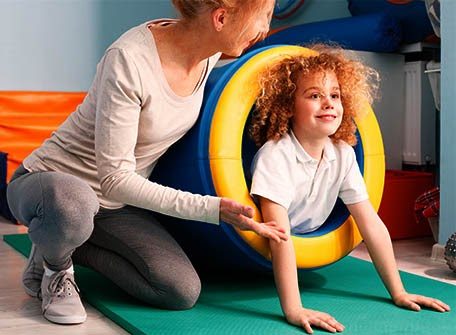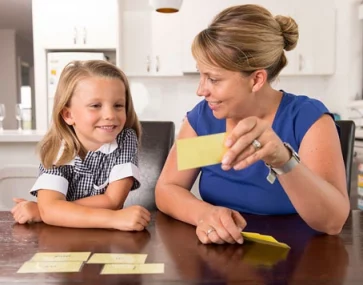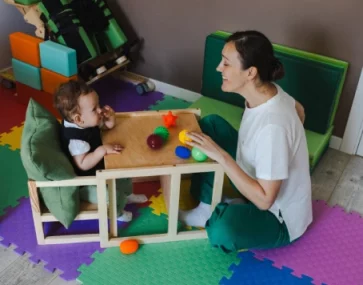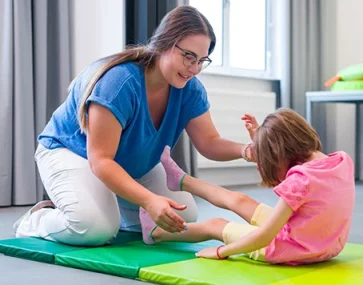Playing and learning are the main occupations of a child. Those activities help children explore the world around them, learn to interact with it, and develop fundamental life skills, such as how to connect with others and do things on their own.
When a child is seen having trouble developing these skills, that child might experience issues with physical (fine or gross motor skills), visual-perceptual skills, cognitive and academic skills, sensory processing, and other abilities. Occupational therapy for children can help in these cases and make a big difference.
What is Occupational therapy for children?
Also known as pediatric occupational therapy, OT is a treatment that helps improve fine and gross motor skills and motor planning. The kids who are struggling with self-regulation and sensory processing may recover from these issues.
Some Examples of Tasks and Skills Where IT Can be Helpful:
- Difficulty in coping with self-care routines like getting dressed (fine motor skills and motor planning)
- Inability to write and copy notes (fine motor skills, hand-eye coordination)
- Inability to hold and control a pencil, using scissors (fine motor skills, motor planning)
- Inability to throw and catch (gross motor skills like balance and coordination)
- Unable to organize a backpack (motor planning, organization skills)
- Delayed in reacting or no reaction to sensory input (self-regulation skills)
Occupational therapy for children focuses on helping children develop the skills they need to grow into high functioning, independent adults. For instance, if a child cannot write or draws messy lines when asked to write, pediatric occupational therapy can help. If a child is unable to focus on anything, for example, homework, an OT specialist can have the child do full-body exercises before sitting down to do homework.
How do OT Specialists Improve the Skills of a Child?
Pediatric occupational therapy specialists initially spend time talking to the child while observing their interactions with them. They arrange therapy for individual children. For example, they inquire of the child’s family members of their daily routines, how much time they spend with their child, etc. Based on that, they provide individualized or family-centered intervention for the child. This not only helps the child become more active in playing, writing, etc., for example but also helps the family of the child. The therapy engages the family members also to help the child pick skills and grow effectively.
Pediatric occupational therapy can also be a big help for a child who has trouble with sensory processing. The children who struggle to process sensory information can most likely overreact or underreact to things they hear, see, taste, touch, or smell. It can lead the children to have meltdowns or become hyperactive.
Occupational therapists design sensory diet plans, which consist of physical activities and accommodations customized to give children the sensory input they require. Dyslexia, dysgraphia, executive functioning issues, and visual processing issues in children can also be treated through pediatric occupational therapy.
To Conclude:
Before pediatric occupational therapy begins, occupational therapy for children interacts with the children to identify their strengths and challenges and identify exactly what is troubling the child. The therapist then creates a program of activities for the children to work on.
Hope AMC, a unique and one-stop destination for children healthcare facility in Dubai, offers pediatric occupational therapy to develop necessary physical, cognitive, and sensory skills in children so they can perform daily tasks more independently.
Want to know how an occupational therapist at Hope AMC conducts the pediatric OT evaluation process? Click here






